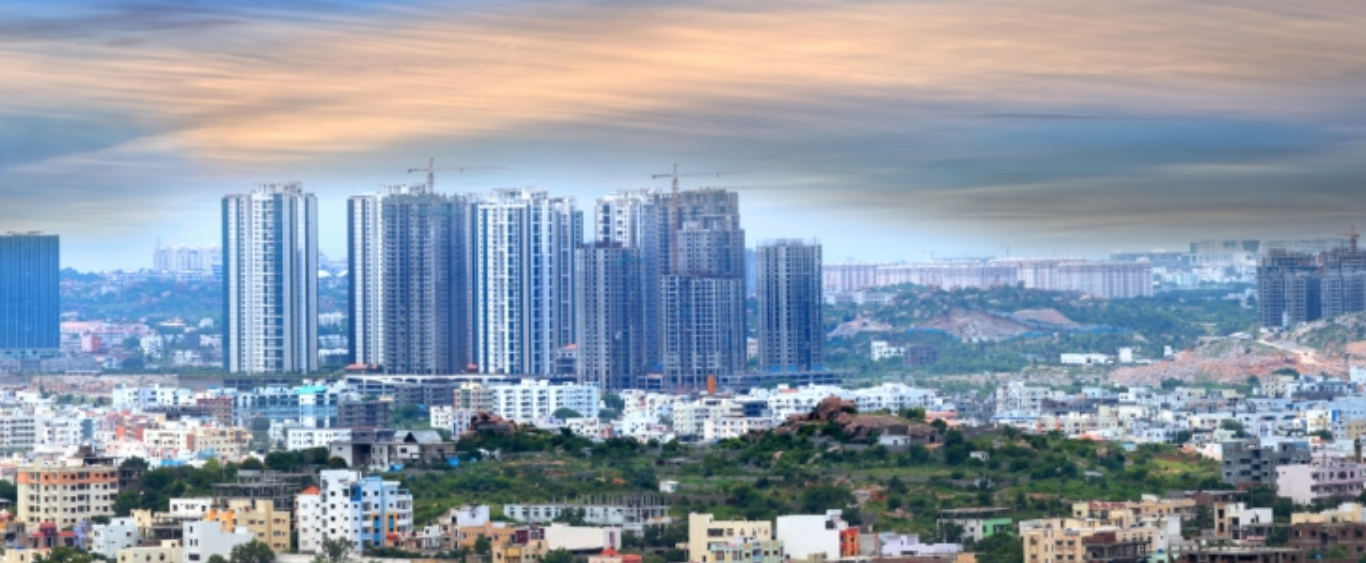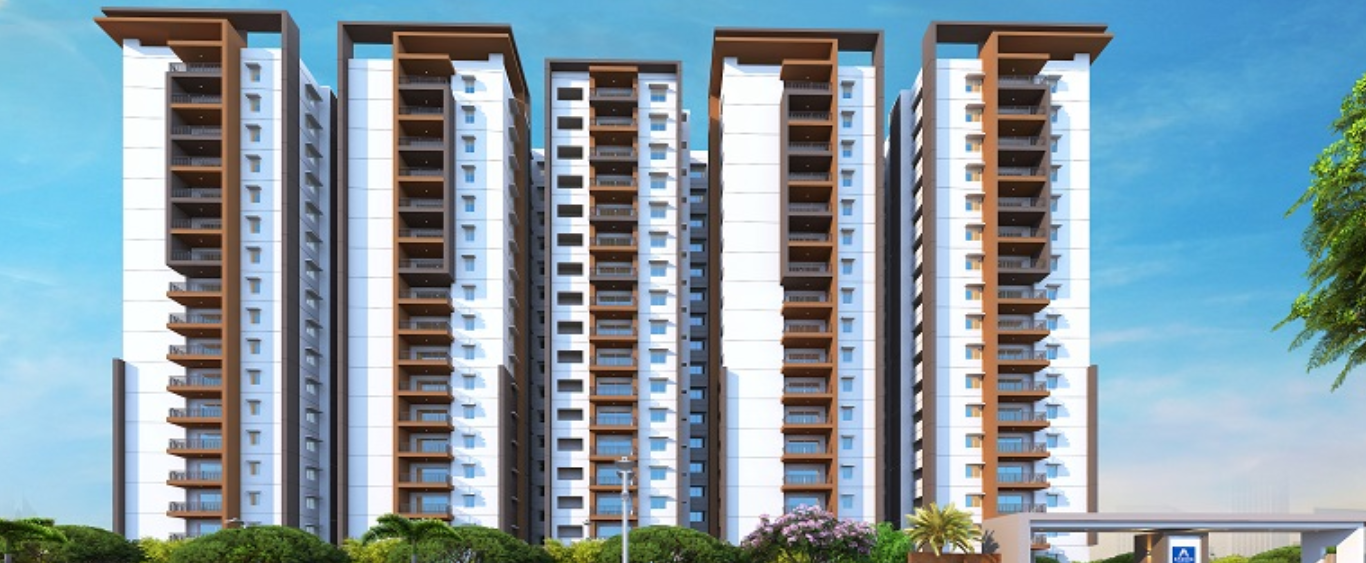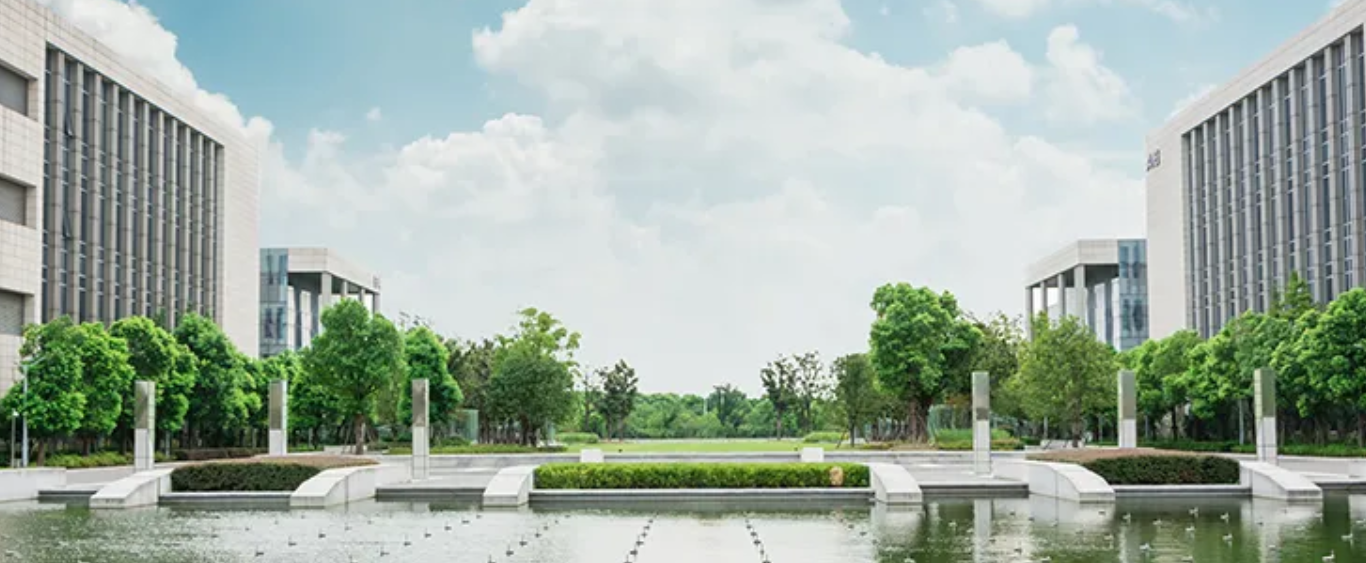Natural disasters cause tremendous damage to both lives and property. Being one of the most disaster-prone areas in the world due to its terrain and climate, India is perennially at a high risk of natural calamities including earthquakes, cyclones and tsunamis. The extent of infrastructure damage during a natural disaster, such as an earthquake or flood, depends largely on the construction practices that are followed in the particular region or affected area.
With approximately 60% of India in a high seismic zone, the government has implemented strict construction measures and regulations to ensure the safety of buildings in disaster-prone areas. However, if building regulations are not enforced, even moderate natural disasters can cause widespread damage and injuries.
As India’s urban population surpasses a half billion, the need for natural disaster preparedness in buildings becomes more urgent. Urban planning and enforcement of building regulations are key factors in preventing wide scale devastation. With correct planning, design and construction, buildings can safeguard against the devasting effects of natural disasters. The approach to natural disasters should be to not only strengthen buildings against strong forces, but to also reduce the overall impact of the force.
There are construction methods and building materials that are better engineered to withstand the impact of a natural disaster. For example, Mivan technology is a state-of-the-art aluminium wall formwork that is an excellent replacement to the conventional construction technology with significant advantages of quality, speed and requirement of skilled resources. The structure is designed as load-bearing walls and slabs. Then the whole assembly is shuttered and poured monolithically giving it a very distinctive advantage in terms of structural stability.
In earthquake-prone areas, buildings must be flexible and symmetrical so they deter lateral movement. The seismic impact of an earthquake increases with the height and mass of a building. Therefore, it is crucial that building materials are light-weight and able to efficiently absorb seismic energy.
Similarly, in tsunami-prone areas, buildings must be designed to alleviate the forces from powerful waves. A hydro-dynamic design coupled with foundation strengthening will prevent structural failures during a tsunami.
In areas located near coasts or rivers, adequate drainage systems and water-resistant materials should be implemented to prevent flooding damage. Elevated concrete structures are the norm in flood-prone areas. These structures minimise damage by water since they are water-resistant and absorb very little water over time. To prevent landslides, natural vegetation in the surround areas should be retained which will increase the strength of the soil and reduce the weight of the sliding mass.
It is critical for urban planners and developers to implement disaster-resistant practices in building design, construction and management. The government must empower municipalities to ensure that all regulations are adhered to and enforced. In a country so vulnerable to natural disasters, it is our only choice.
Recommended blogs







